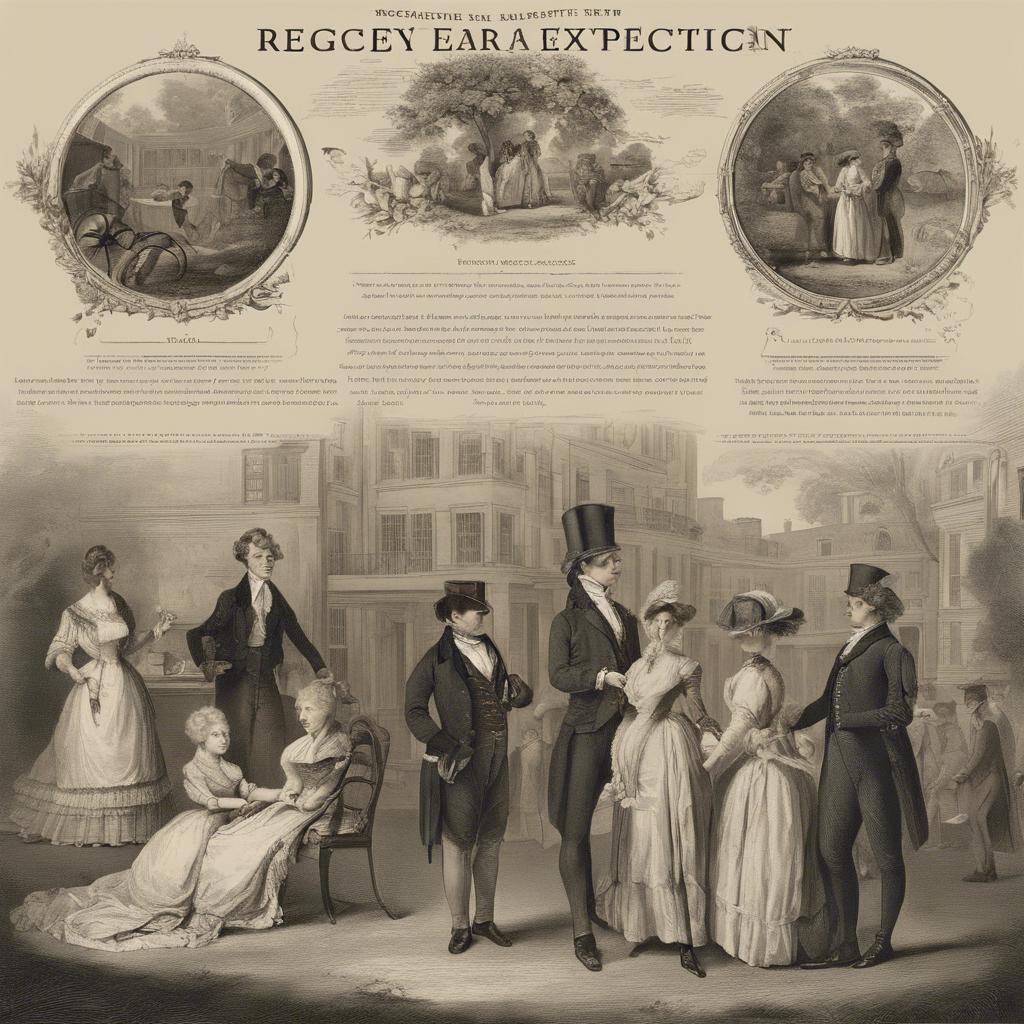During the Regency Era, a period marked by the reign of King George III in the early 19th century, life expectancy was a reflection of the social, economic, and medical conditions of the time. This article will delve into the factors that influenced life expectancy during this pivotal period in British history, shedding light on the challenges and realities faced by individuals living in the Regency Era. From advancements in healthcare to the impact of societal norms, we will explore how life expectancy varied across different segments of society during this transformative era.
Step Into the World of Cheryl Bolen
Dive into the enchanting stories of love, intrigue, and elegance set in the Regency Era. Cheryl Bolen's novels offer timeless romance and captivating tales that will leave you wanting more.
Explore Cheryl Bolen's Books Now
Headings:
In the Regency era, life expectancy was significantly lower compared to today’s standards. People in this period faced a myriad of challenges that impacted their overall health and well-being. Factors such as poor sanitation, limited medical knowledge, and prevalent diseases all contributed to the relatively short life spans during this time.
Key points:
- Poor sanitation led to higher instances of infectious diseases.
- Limited access to medical care meant that many illnesses went untreated.
- High infant mortality rates significantly lowered the average life expectancy of the population.
Despite these challenges, people in the Regency era still found ways to thrive and enjoy life. Social gatherings, cultural events, and leisure activities were an important part of daily life for many individuals. While the average life expectancy may have been lower, people in this period still found ways to make the most of their time and create lasting memories with loved ones.
Key points:
- Social events such as balls and gatherings were popular among the upper class.
- Leisure activities like horseback riding and painting provided entertainment and relaxation.
- Despite the challenges of the time, people in the Regency era found joy in the simple pleasures of life.
the Regency era was a time of contrasts – with challenges and hardships alongside moments of joy and celebration. By understanding the factors that influenced life expectancy during this period, we gain insight into the lives of those who came before us and the resilience they demonstrated in the face of adversity. Despite the shorter life spans, the people of the Regency era left a lasting impact on history and continue to fascinate us to this day.
Overview of Life Expectancy in the Regency Era
The Regency Era, spanning from 1811 to 1820, was a time of elegance and refinement in British history. During this period, life expectancy was significantly lower compared to today’s standards. The average life expectancy in the Regency Era was around 35 years, with many factors contributing to the relatively short lifespan of individuals.
One of the primary factors influencing life expectancy during the Regency Era was the high infant mortality rate. Due to limited medical knowledge and resources, many infants did not survive past their first year. This significantly lowered the overall average life expectancy for the population. Additionally, women faced higher risks during childbirth, leading to a higher maternal mortality rate.
Furthermore, poor living conditions and hygiene practices also played a role in the limited life expectancy during the Regency Era. Inadequate sanitation, lack of clean water, and overcrowded living spaces contributed to the spread of diseases and illnesses. As a result, many individuals succumbed to infections, epidemics, and other health issues at a younger age.
Factors Influencing Longevity in Regency Society
In the Regency era, several factors influenced longevity among the society members. One of the primary determinants was social status. Those in higher social classes typically had access to better healthcare, nutrition, and living conditions, leading to longer life expectancies. Additionally, individuals with financial stability could afford more leisure time and relaxation, reducing stress levels and contributing to overall well-being.
Another key factor impacting longevity in Regency Society was access to clean water and sanitation. Poor sanitation practices, common in lower-income areas, led to higher rates of infectious diseases and lower life expectancies. In contrast, wealthier individuals often lived in areas with improved sanitation systems, reducing the risk of illness and increasing their chances of living longer lives.
Moreover, lifestyle choices played a significant role in determining longevity during the Regency era. Individuals who engaged in regular physical activity, maintained a balanced diet, and avoided excessive drinking and smoking tended to live longer than those who did not prioritize their health. The awareness of the benefits of healthy living varied among different social classes, impacting life expectancies across Regency Society.
Recommendations for Improving Health and Well-being in the Regency Era
In order to improve health and well-being during the Regency Era, it is important to adhere to certain recommendations that were prevalent during this time period. One of the key aspects to focus on is maintaining a balanced diet that consists of fresh fruits, vegetables, and lean meats. Additionally, staying hydrated by drinking clean water and abstaining from excessive consumption of alcohol is crucial for overall health.
Physical activity plays a vital role in promoting good health and well-being in the Regency Era. Engaging in regular exercise such as walking, horseback riding, or participating in outdoor sports can help maintain a healthy weight and improve cardiovascular health. It is also beneficial to practice proper hygiene by bathing regularly and keeping living spaces clean to prevent the spread of diseases.
Lastly, it is essential to prioritize mental health in order to achieve overall well-being during the Regency Era. Engaging in activities that promote relaxation and reduce stress, such as reading, meditating, or participating in artistic pursuits, can help maintain a positive mindset and improve overall quality of life.
Impact of Medical Advancements on Life Expectancy in Regency England
In Regency England, medical advancements played a crucial role in shaping life expectancy during this era. One of the key innovations that had a significant impact on the longevity of individuals was the development of smallpox vaccination. This breakthrough led to a decline in the mortality rate associated with this deadly disease, ultimately contributing to the overall increase in life expectancy.
Furthermore, the improvements in hygiene practices, such as the introduction of clean water systems and sanitation measures, also played a pivotal role in extending the lifespan of individuals in Regency England. These advancements helped reduce the spread of infectious diseases and epidemics, leading to a healthier population overall. Additionally, the advancements in surgical techniques and anesthesia allowed for more effective and safer medical treatments, further enhancing life expectancy.
the cannot be understated. From the development of vaccines to improved hygiene practices and surgical techniques, these innovations revolutionized healthcare during this period. As a result, individuals in Regency England were able to live longer and healthier lives than ever before.
Wrapping Up
the life expectancy during the Regency era was significantly lower than it is today. Despite advancements in medicine and technology, the harsh living conditions and lack of proper sanitation led to high infant mortality rates and shorter lifespans for adults. It is important to recognize the challenges and hardships faced by individuals living during this period and to appreciate the progress that has been made in improving public health and increasing life expectancy. As we reflect on the realities of Regency era life expectancy, may we also remember the resilience and strength of those who lived during that time.


